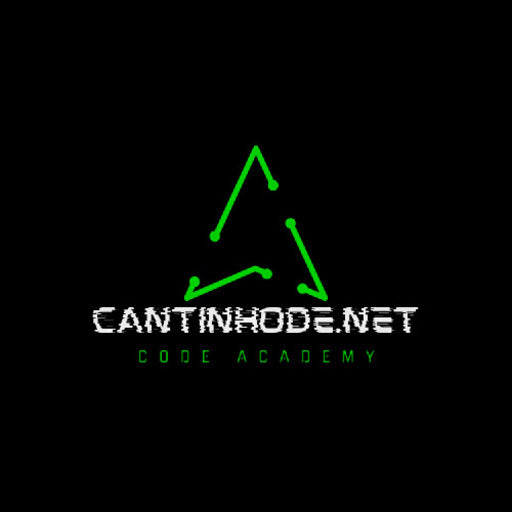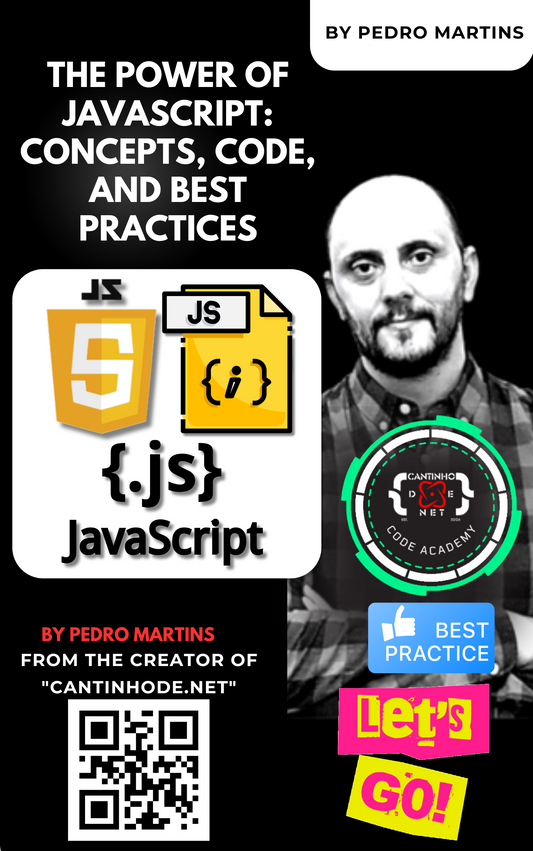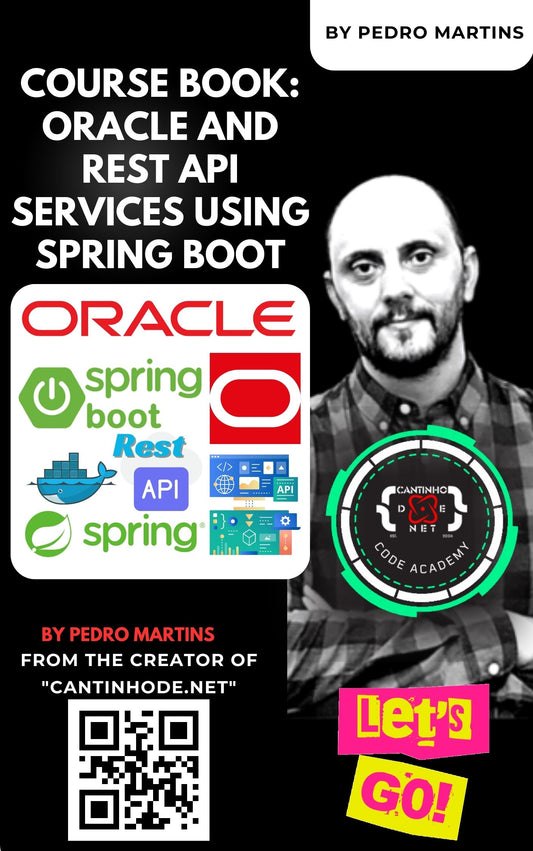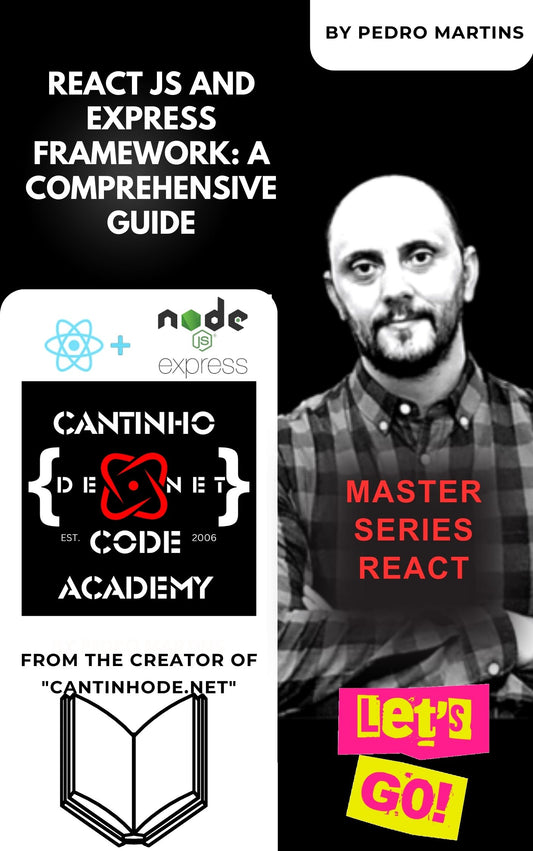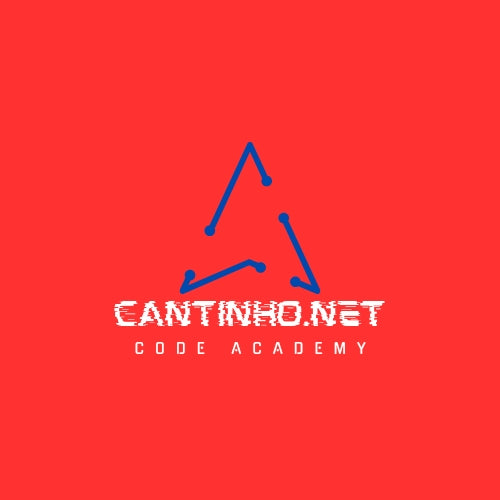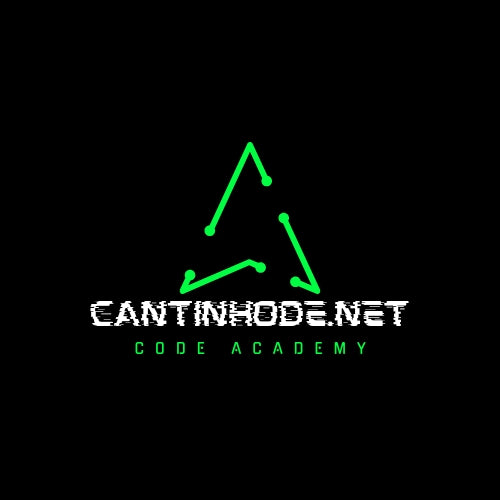Architecting with .NET: Choosing the Right Technologies for Every Scenario
The .NET ecosystem has evolved into a one-stop platform for building everything from cloud-native microservices to rich desktop and mobile apps. With decades of investment, a vibrant open-source community, and Microsoft’s in-depth Architecture Center guidance, you can make informed choices that maximize performance, maintainability, and developer productivity. Let’s explore how to map the right .NET technologies to your project’s requirements.
1. Web Applications
ASP NET Core MVC / Razor Pages
A mature, server-rendered framework with built-in routing, model binding, layouts, and views—ideal for traditional multi-page sites and applications that require SEO-friendly HTML.
Blazor
-
Blazor Server keeps all rendering logic on the server and pushes only UI diffs to clients via SignalR—perfect when you want C# everywhere without shipping large bundles.
-
Blazor WebAssembly runs .NET code directly in the browser. Enables true SPA experiences in C#, with offline capabilities and zero-server-roundtrip for UI updates.
ASP NET Core Web API & Minimal APIs
High-performance RESTful services and lightweight HTTP endpoints (introduced in .NET 6). Great for microservices or small backends where minimal ceremony is key.
Dive deeper: Microsoft’s .NET Application Architecture documentation covers end-to-end guidance for both monolithic and microservices-based web apps.
2. Desktop Applications
Windows Forms
The go-to for simple, form-based tools and legacy maintenance. Rapid drag-and-drop design and a gentle learning curve.
WPF (Windows Presentation Foundation)
A powerful, XAML-driven UI framework featuring rich data-binding, templating, and animation capabilities—ideal for line-of-business and visually demanding applications.
.NET MAUI (Multi-platform App UI)
The successor to Xamarin.Forms. Write a single C#/.NET codebase and target Windows, macOS, Android, and iOS natively. Hot reload and modern tooling make iteration fast.
3. Mobile Applications
Xamarin.Forms
Legacy cross-platform framework using C# and XAML for shared UI. Still in use, but .NET MAUI is its direct evolution.
.NET MAUI
Offers unified project structure, single-file deployment, and deep integration with native APIs—your best choice for new cross-platform mobile apps.
4. Microservices & Serverless
Containers & Orchestration
Package each .NET service in Docker and run at scale on Kubernetes (AKS, EKS).
Dapr
A portable runtime that abstracts pub/sub messaging, state management, and service invocation—accelerating microservices development.
MassTransit / NServiceBus
High-level frameworks for reliable messaging over RabbitMQ, Azure Service Bus, or Kafka.
Azure Functions / AWS Lambda (.NET)
Serverless, event-driven functions written in C#. Perfect for spiky workloads and “glue” code.
Reference app: The eShopOnContainers sample shows microservices, event-driven patterns, and container deployments in .NET.
5. Cloud & DevOps
Azure App Service / AWS Elastic Beanstalk
Platform-as-a-Service hosting for ASP.NET Core apps—auto-scale, patching, and CI/CD integrations built in.
Azure Kubernetes Service (AKS) / Amazon EKS
Managed Kubernetes with built-in support for .NET images, monitoring, and autoscaling.
Azure DevOps / GitHub Actions
First-class pipelines for dotnet build, dotnet test, dotnet publish, and deploy—plug into Azure, AWS, or any other target.
6. Data & Persistence
Entity Framework Core
Full-featured ORM with LINQ queries, change tracking, and migrations—great for relational databases.
Dapper
Light, micro-ORM for high-performance SQL queries when you need raw speed.
NoSQL Clients
Use MongoDB.Driver for MongoDB, or the Azure Cosmos DB SDK for globally distributed, multi-model NoSQL.
7. Real-Time Messaging & Streaming
SignalR
Simple real-time bi-directional communication over WebSockets (with automatic fallbacks). Power chat apps, live dashboards, and games.
Azure Service Bus / RabbitMQ / Kafka
Choose between queues/topics (Service Bus, RabbitMQ) or high-throughput streaming (Kafka via Confluent.Kafka) for decoupled, resilient architectures.
8. IoT & Edge Computing
.NET IoT Libraries
Access GPIO, I2C, and SPI on devices like Raspberry Pi—build hardware-driven solutions in C#.
Azure IoT SDK for .NET
Securely connect, monitor, and manage millions of devices with Azure IoT Hub.
9. Machine Learning & AI
ML.NET
Train and consume machine learning models in pure C#—covering scenarios like classification, regression, and anomaly detection.
ONNX Runtime / TensorFlow.NET
Bring pretrained deep-learning models into your .NET apps with high-performance inference.
10. Game Development
Unity (C#)
Industry-leading game engine with a massive ecosystem—script everything in C# and leverage .NET Standard libraries.
MonoGame
Open-source 2D/3D framework (the spiritual successor to XNA) for lightweight, cross-platform game projects.
General Best Practices
-
Target LTS: Always pick the latest Long-Term Support .NET release (currently .NET 8) for stability, performance, and security updates.
-
Use the CLI: The
dotnetcommand-line tool provides consistent project creation, testing, and publishing workflows. -
Adopt Clean Architecture: Layer your solutions into UI, Application, Domain, and Infrastructure. This separation of concerns makes codebases easier to test and evolve.
-
Leverage Microsoft’s Guidance: Bookmark the .NET Architecture Center for reference architectures, hands-on tutorials, and best practices across all scenarios.
By pairing the right .NET framework or library with proven architectural patterns, you’ll set your projects up for success—whether you’re delivering enterprise web apps, cutting-edge mobile experiences, or mission-critical cloud services. Happy building!

